| CAS: | 10025-73-7 |
| MF: | Cl3Cr |
| MW: | 158.36 |
| EINECS: | 233-038-3 |
| Product Categories: | Catalysis and Inorganic Chemistry;Chemical Synthesis;Chromium Salts;ChromiumMetal and Ceramic Science;Crystal Grade Inorganics;Metal and Ceramic Science;Inorganics;Salts;metal halide;chromium salt, electroplating |
| Mol File: | 10025-73-7.mol |
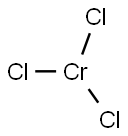 |
|
| Chromium(III) chloride Chemical Properties |
| Melting point | 1152 °C |
| Boiling point | 1300°C |
| density | 2.87 g/mL at 25 °C(lit.) |
| vapor pressure | 0.001Pa at 20℃ |
| storage temp. | Store below +30°C. |
| form | flakes |
| color | Violet |
| Specific Gravity | 2.87 |
| Water Solubility | Soluble in alcohol, water. |
| Sensitive | Hygroscopic |
| Merck | 14,2222 |
| Exposure limits | NIOSH: IDLH 25 mg/m3; TWA 0.5 mg/m3 |
| Stability: | hygroscopic |
| LogP | -3 at 20℃ |
| CAS DataBase Reference | 10025-73-7(CAS DataBase Reference) |
| EPA Substance Registry System | Chromium(III) chloride (10025-73-7) |
| Chromium(III) chloride Usage And Synthesis |
| Physical Properties | Reddish violet crystals; hexagonal plates; density 2.87g/cm3; melts at 1,152°C; decomposes at 1,300°C; slightly soluble in water. The color of hexahydrates range from light-green to violet; all are hygroscopic; density 1.76 g/cm3; soluble in water and ethanol; insoluble in ether; dilute aqueous solutions are violet in color.
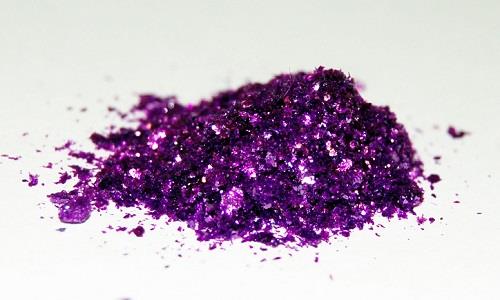
Chromium(III) chloride can be used in the formation of a catalytic system for the conversion of glucose into 5-hydroxymethylfurfural (HMF). It can also be used in the preparation of ionic liquid mixtures using choline chloride and water with improved ion mobility and conductivity.
The vapor-phase co-reductions with other metal halides by hydrogen results in finely divided intermetallics with applications as structural materials or compounds with useful thermoelectric, magnetic, and oxidation-resistance properties. |
| Uses | Chromium(III) chloride is used for chromium plating; as textile mordant; in tanning; as a waterproofing agent; and as catalyst for polymerization of olefins. |
| Preparation | Chromium(III) chloride hexahydrate may be prepared by treating chromium hydroxide with hydrochloric acid: /> Cr(OH)3 + 3HCl + 3H2O → CrCl3•6H2O The anhydrous chromium(III) chloride may be obtained by heating the hydrated salt CrCl3•6H2O with SOCl2 and subliming the product in a stream of chlorine at 600°C. Alternatively, the red-violet anhydrous chloride can be obtained by passing chlorine gas over a mixture of chromic oxide and carbon:
Cr2O3 + 3C +3Cl2 → 2CrCl3 + 3CO |
| Reactions | Chromium(III) chloride at elevated termperatures decomposes to chromium( II) chloride and chlorine:
2CrCl3→2CrCl2 + Cl2
Heating with excess chlorine produces vapors of chromium(IV) chloride, CrCl4. The tetrahedral tetrachloride is unstable, and occurs only in vapor phase.
When heated with hydrogen, it is reduced to chromium(II) chloride with the formation of hydrogen chloride:
2CrCl3 + H2→2CrCl2 + 2HCl
Chromium(III) chloride has very low solubility in pure water. However, it readily dissolves in the presence of Cr2+ ion. Reducing agents such as SnCl2 can “solubilize” CrCl3 in water. It forms adducts with many donor ligands. For example, with tetrahydrofuran (THF) in the presence of zinc, it forms the violet crystals of the complex CrCl3•3THF. |
| Chemical Properties | Chromic chloride is a highly corrosive, Blue or greenish to black crystalline solid. |
| Uses | Supplement(trace mineral).
Chromium(III) chloride and chromium(III) sulfate have been used as dietary supplements (approved for themanufacture of foods for particular nutritional uses and in food supplements in the European Union), whereas the organic chromium(III) complexes chromium picolinate and nicotinate are not approved in the European Union but find widespread uses (e.g. in the USA) inmultivitamin, multimineral products (Riihimaki & Luotamo, 2006).They are also marketed for weight loss purposes and athletic supplements. |
| Uses | Chromium chloride and chromium sulfate have been used as dietary supplements. Chromium(III) chloride and chromium(III) sulfate can be used in the manufacture of food for particular nutritional uses and in food supplements. It is found in miscellaneous applications, such as catalysts, hardeners, mordents, crosslinking and binding agents. It is used to make very pure chromium and other chromium compounds, as a mordant in dyeing cotton, and in chromizing metals. It is too used for trivalent electroplating . |
Product picture
Packing &shipping&Payment
Packing:25kg/drum
Shipping:by sea or by air
Payment:T/T,western union,moneygram
Packaging Details drum
Port:Tianjin
Lead Time :
| Quantity(Kilograms) | 1 - 10000 | >10000 |
| Est. Time(days) | 5 | To be negotiated |

 Company information
Company information
Hebei Mojin Biotechnology Co., Ltd, Our company is a professional in 4'-Methylacetophenone,Levamisole hydrochloride ,N-Methylformamide and other chemical reagents research and development production enterprises. Our business covers more than 30 countries, most of the big customers come from Europe, America and other countries in the world, we can guarantee the quality and price. In recent decades, with the efforts of all employees, we have established many cooperative companies in shandong, henan, guangdong and other places. Our corporate purpose is based on the market, enhance the strength, take the road of scientific and environmental sustainable development, relying on the country. Technology r & d center, increase the investment in r & d, based on the domestic market, expand the international market, manufacturing quality products, sincere service to the society, into a modern, ecological, scientific and technological enterprise world.
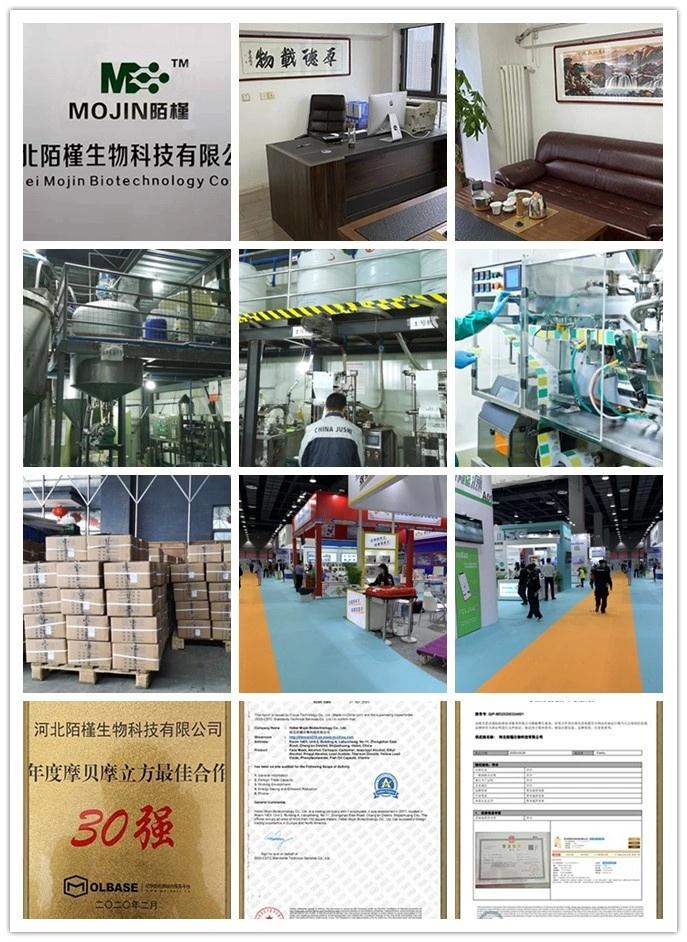 Advantage
Advantage
In stock
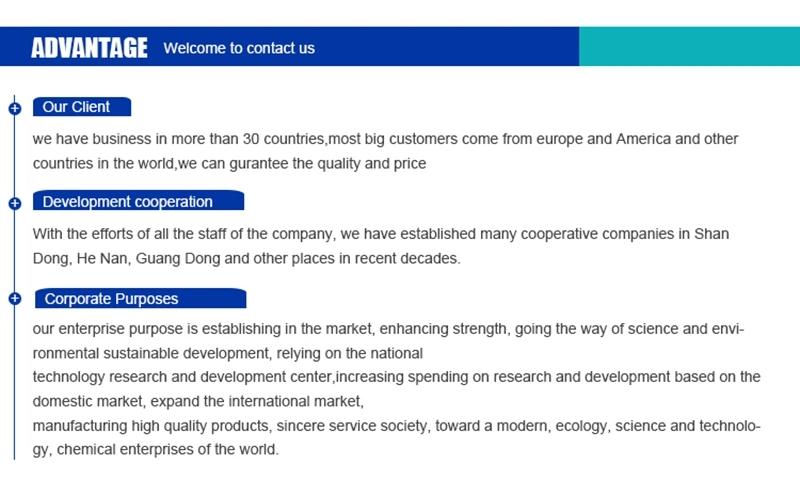

 Japan
Japan

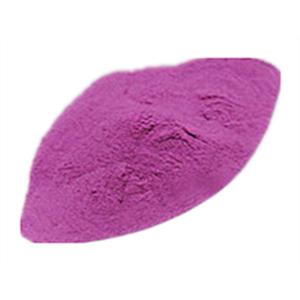
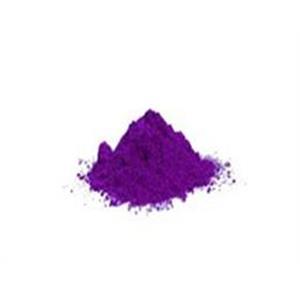
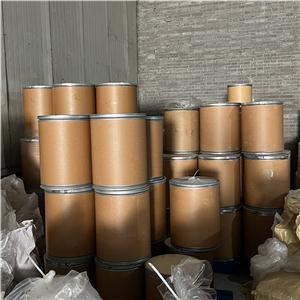
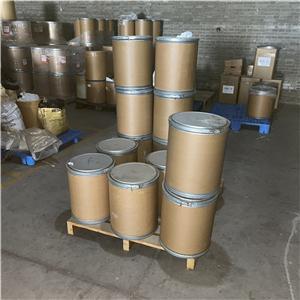




 Company information
Company information Advantage
Advantage


